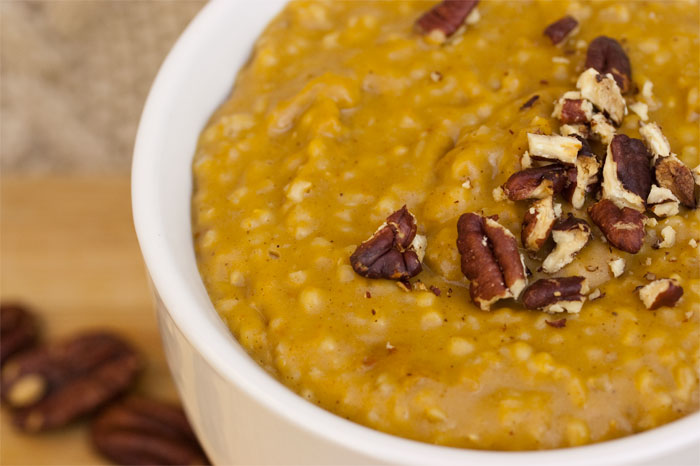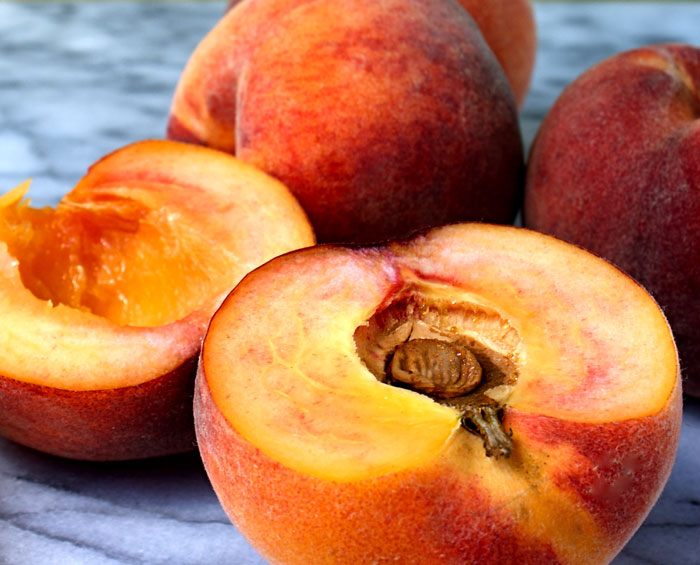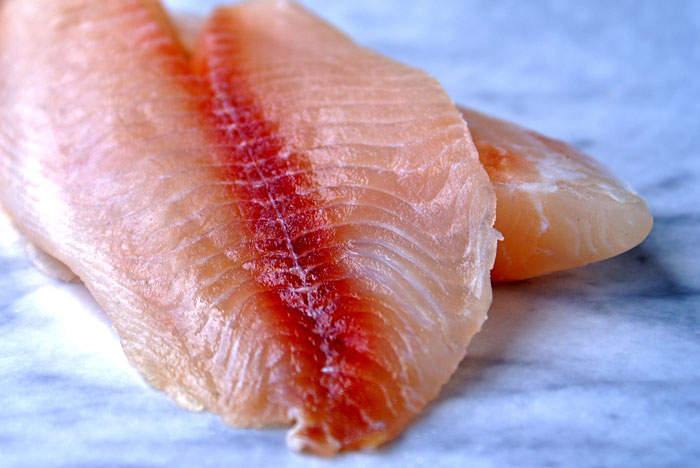It can be confusing trying to eat with an “eco-clean” conscious. Organic or local? Free-range or all-natural? Farmed fish or wild fish? Each of these questions is a bit like French grammar; sure you can put “rules” to them, but those rules will invariably be followed by a litany of exceptions.
What I hope to do with the “nibbles to noodle” that focus on eco-friendly eating is to dice the larger issues into bite-sized bits for you to ingest into your awareness. That way, you can be confident you're making smart choices when facing the fish counter, the meat counter, the produce section. This week, we'll look at a sigle facet of one subject: farmed fish.
Not all fish are created equal when it comes to being a good candidate for aquaculture (the fancy name for raising fish in a controlled environment). Carnivores like tuna and salmon are poor choices by their very nature; it takes up to 25 pounds of wild fish to produce 1 pound of farmed tuna and up to 8 pounds to produce 1 pound of salmon. Because of the high quantity and population density inherent in fish farms, this can put a strain on wild stocks and increase the risk of toxic build-up. Conversely, herbivores and omnivores like tilapia, catfish and arctic char have a much smaller footprint (or should I say fin-print?) on wild waters, making them better choices for farming.
So this week, feast on some omnivorous fish like catfish and see how simple–and delicious–sustainable can be.
* One note: be sure to choose domestically farmed fish. As of now, overall aquaculture practices in other countries are poorly regulated from both health and environmental standpoints.













